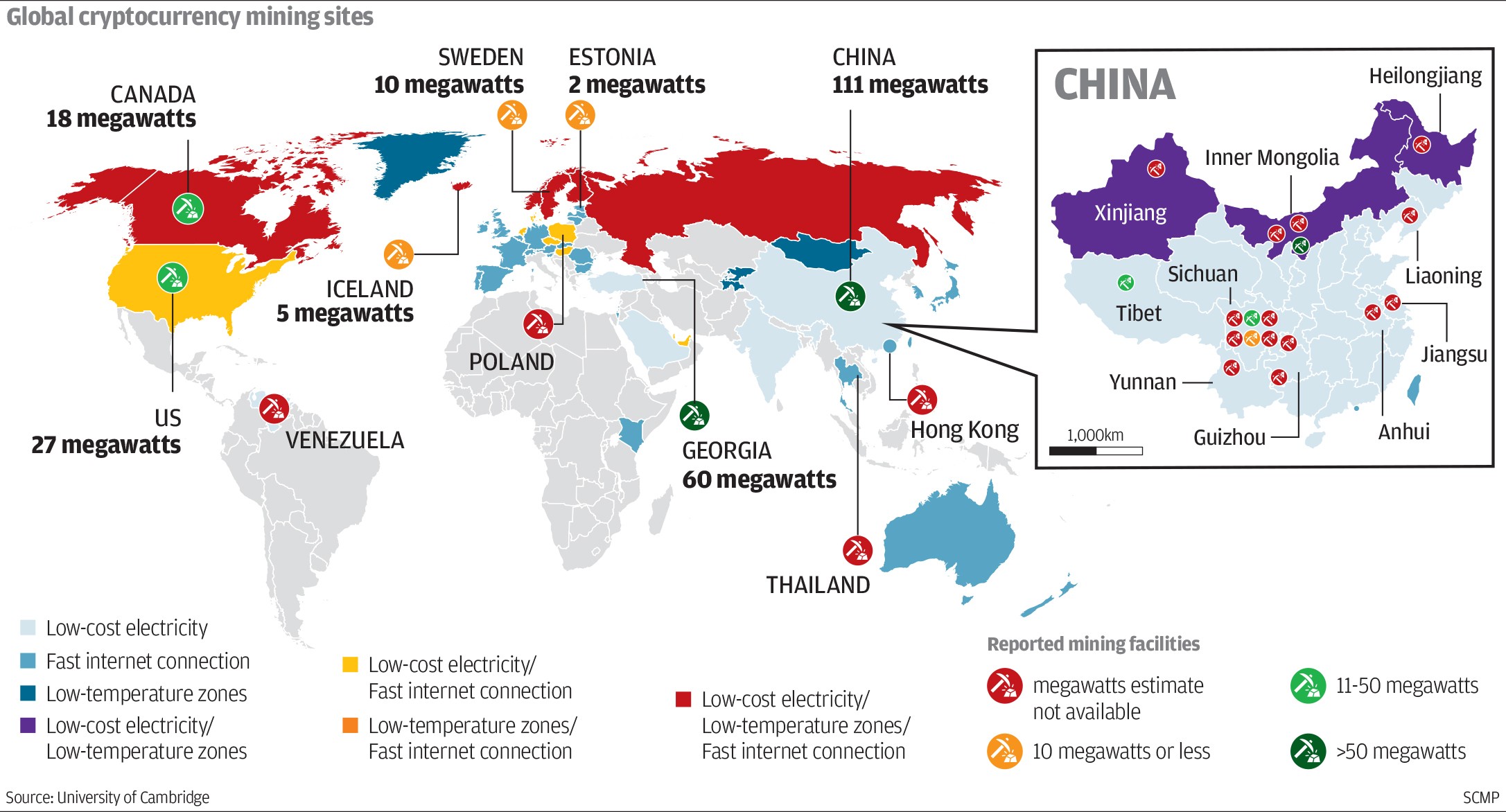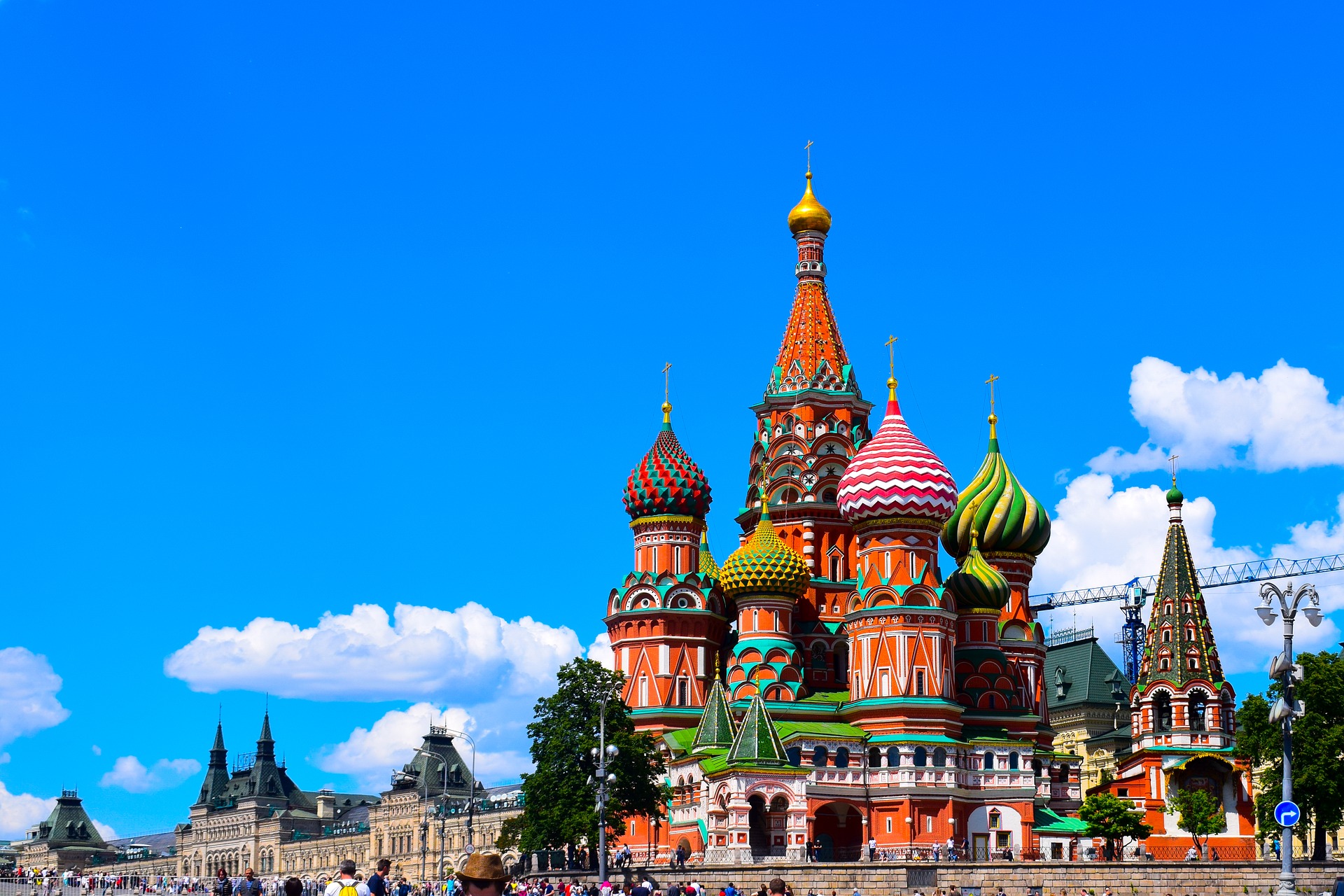What comes to mind when you think of Russia? Siberian forests, fur coats, and drinking vodka like it’s water? Soon, you might be adding cryptocurrency mining to the list.
We look at cryptocurrency mining in Russia and whether it will prove to be the promised land due to the country’s cold weather and abundance of cheap energy that can provide natural cooling solutions for machinery.
Crypto Mining
Some of the most interesting elements of a new technology and, in the case of blockchain, an entire new industry, is the commercial offshoots that materialize as a result.
Cryptocurrency’s early days brought with it the concept and rather lucrative practice of mining. Mining for coins is very different from mining for gold. One requires you to dig deep and get dirty. The other asks only for a neat computer set-up (US$2,000 should get you into the game) and enough electricity for the process of solving computational puzzles to verify transactions and add them to the public ledger. As a reward, coins are mined and money is made.
In Russia, crypto mining has become serious business. The country has an estimated 50,000 home miners, over and above its roughly 1,000 mining businesses that have their servers in dedicated environments such as abandoned factories in the Siberian countryside.
Digging for Profit
While Russia can’t boast about being in the top 3 countries that, together, comprise 80 percent of the world’s crypto mining power (that would be China, Georgia and the US), conditions are favorable for Russia to step up its digital shovel efforts and become a serious contender in the global mining stage.
According to Dmitry Marinichev, the Kremlin’s internet ombudsman and co-owner of Russian Miner Coin:
China accounts for 70 percent of the cryptocurrency mining globally. Russia’s share of under five percent currently has all the prerequisites to rise in the future as the country has a surplus of low-cost electricity, which is essential for mining.
In September 2017, Marinichev secured US$43 million worth of capital to help fund domestic mining activities. Others, like Yury Dromashko, resort to selling their apartments to kit out mining farms.
Meanwhile, Slavorum reports that the largest bitcoin farm in the country earns a total of 600 bitcoins (US$9.2 million, at time of press) per month, thanks to a US$9 million upfront investment as well as a monthly electricity bill of over 6,500,000 rubles or roughly US$114,000 (at current market rates).
The Land of Milk and Mining
With the top 3 mining countries enjoying such a massive market share, what qualifies Russia as a possible mining contender?
These golden words: Cheap electricity and cold temperatures.
Electricity consumption in crypto mining is staggering; the electricity used by crypto mining is equal to that of the total power consumption in a whopping 159 countries.

While blockchain technology is hailed as revolutionary, it’s no secret that from an environmental standpoint, the practice of crypto mining can be considered detrimental to an already burgeoning global energy crisis. This is a problem yet to be solved. For the moment, directing such operations to areas where there is cheaper electricity consumption seems to be the best “solution”.
The Optimal Siberian Crypto Mining Spot
A study by the Russian Association of Blockchain and Cryptocurrency has revealed the best region equipped to handle crypto mining activities, where conditions check all the checkboxes.
Russia’s Krasnoyarsk Territory, located in Siberia, spans an area of 903,400 square miles and is the largest territory in the Federation. As a major transport and distribution center, it has the logistics to accommodate mining operations, but its beauty lies in the price of its electricity (2.41 rubles, or US$0.04c, per kW/h).
Moreover, water from the Yenisei River can be used as a coolant for mining equipment, not to mention its cool temperatures. With electricity costs roughly 5 times less than in Moscow, it isn’t hard to see that there’s a golden goose here.
With most mining farms currently located in Moscow, Leningrad, Novosibirsk, Irkutsk, Sverdlovsk, Tomsk, Chelyabinsk, and Tatarstan, this is a great opportunity for the region to cash in on a largely untapped market.
On the topic of a mining-dedicated Siberian mega-city, Russian State Duma member Boris Chernyshov had this to say:
A mining city will help people make money, buy apartments and other things they need. It will replenish the state budget at the expense of taxes. If we build such a settlement near the border, for example, with China, this will immediately cause great interest, there will be flows of business tourists. Such a place will become a business hub, bringing investment from abroad. This is a driver, a point of growth.
Regulation Station
We have previously reported on Russia’s rollercoaster relationship with cryptocurrency. The government has not only moved to create a state-controlled and maintained ‘CryptoRuble’, but they’re also moving to regulate crypto miners.
Starting in 2018, cryptocurrency miners will need to register with a central authority. While the state hasn’t been forthcoming with additional information at the moment, it is certainly something to look out for.
Conclusion
Russia’s vast Siberian territory has ample space in which to host major crypto mining operations. Alongside its favorable environmental conditions, the abundance of cheap electricity is a major selling point.
But the Russian government’s recent foray into clamping down on mining operations does raise a question mark as to whether Russia will become crypto mining’s land of milk and honey after all.

